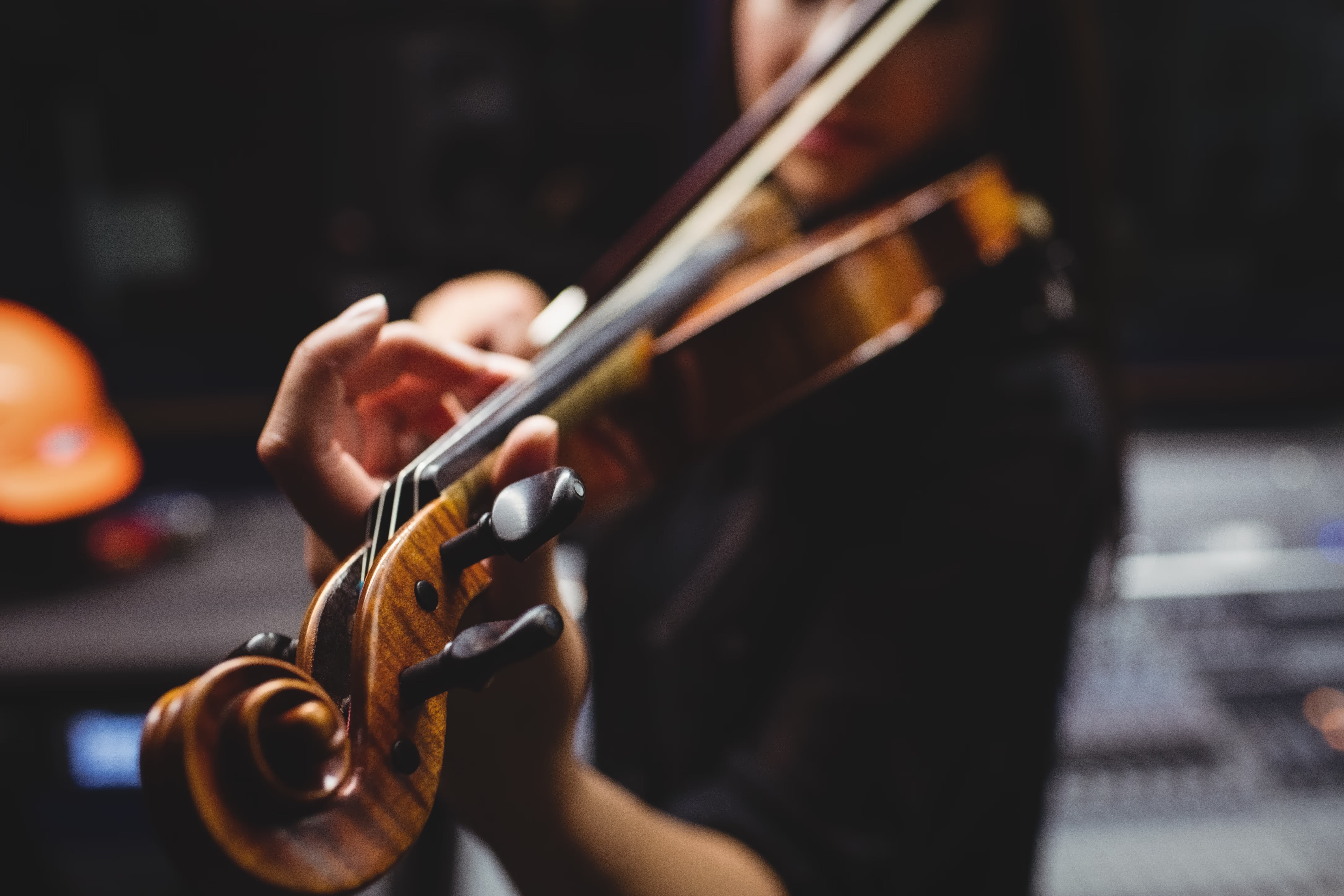There is music in it: stringed instruments as an investment

What is more beautiful than a “coherent” combination of art and commerce? For music lovers, instruments are above all a matter close to their hearts — they appreciate the unique sound and history of violins from famous violin makers such as Antonio Stradivari, Giuseppe Guarneri del Gesù, Carlo Bergonzi and Giovanni Battista Guadagnini. But top instruments are not only a sound pleasure, but also an attractive investment.
Violins: classical music as an asset class
Historical stringed instruments are a lesser-known asset class, which, however, need not shy away from comparison with other tangible assets. Quite the contrary: Top instruments have guaranteed attractive return prospects for decades.
This is how Albert Fuchs's current “Taxe of String Instruments” shows a historic return of an average of five to ten percent per year, which has also temporarily outperformed indices such as the DAX in the past. The reasons for this include, on the one hand, the very low correlation with all other asset classes, low volatility and a low loss potential in times of crisis.
On the other hand, high-end instruments are very popular because they are relatively mobile compared to other tangible assets such as real estate or classic cars, have low additional costs and also offer a musical return.
This is because investors who did not use an expensive violin themselves should let artists play it, as stringed instruments lose sound quality and therefore value if stored for too long. That is why, for example, the German Music Life Foundation instruments to up-and-coming talents and also pays for their insurance and storage. This results in a win-win situation for musicians and investors:
If the young violinists become more prominent over the course of their career, the instrument can gain significantly in value as a result. Loans to famous soloists and orchestras can also increase prices and at the same time reduce the fixed costs of investing in instruments. Since top instruments are no longer affordable for musicians, investors also act as patrons when their violin is lent to soloists and can therefore be heard on major stages around the world. The joy of a famous musician playing the instrument you are involved in on stage is therefore considered a “musical return”.
Low supply of top-quality instruments
The tradition of making violins has its roots in northern Italy. In addition to Milan, Brescia and Venice, crafts flourished particularly in the city of Cremona. Coveted treasures such as the historic string instruments by Stradivari or Guarneri del Gesù come from the music metropolis and are mostly in the hands of noble houses, regents and soloists. Overall, the market for investable violins, cellos and violas comprises only around 10,000 instruments from the 17th to 19th century, most of which, however, are not available at all. For example, only about Stradivari still exist 650 instruments, which is why the investor base for this segment is correspondingly small and exclusive.
But it doesn't always have to be a Stradivarius. There is also a wide selection of great instruments from other masters from Italy (such as Bergonzi, Ruggieri, Maggini, Montagnana, Grancino, Gagliano, Guadagnini, Serafin), France (Lupot, Vuillaume, Silvestre, Bernardel, Gand) Germany and England. Enjoy a good name too contemporary violin makers such as Peter Erben and Martin Schleske, Daniele Scolari or Giorgio Grisales. Their violins are (still) affordable, but it is impossible to predict whether the stringed instruments will experience high price increases in the future.
Barriers to entry for instrument investors
When choosing the right instrument as an investment, investors should therefore focus primarily on cutting-edge historical instruments. Important price-determining factors for historic violins include: the condition of the instrument, its origin, the name of the master, the rarity value, the sound and the artists who have already played the instrument. More than eleven million euros must be spent on the table for a violin such as the “Lady Blunt” by Stradivarius. However, the most valuable violin auctioned so far was not from Stradivari, but from his northern Italian neighbor Giuseppe Guarneri (del Gesù): In 2010, a “Guarneri del Gesù” was auctioned off for 18 million dollars — the highest price ever paid for a violin.
When buying an investment instrument, laypeople should always be careful, consult an expert or invest in pre-selected violins on specialized platforms. Because the market — like the art market — is relatively confusing. There are many counterfeits circulating and the characteristics of a high-quality original instrument and its return potential are barely discernible to a layman.
In addition, an investment with stringed instruments is ultimately based on the expectation of higher prices in the future, as the return only results from the difference between the purchase and selling price (minus possible costs). Digitized shares of top-class tangible assets, which include violins, on the other hand, can be purchased for as little as 500 euros and traded flexibly on the secondary market. This is an excellent opportunity, especially for beginners, to gain initial contact points and experience with exciting instrument investments.



